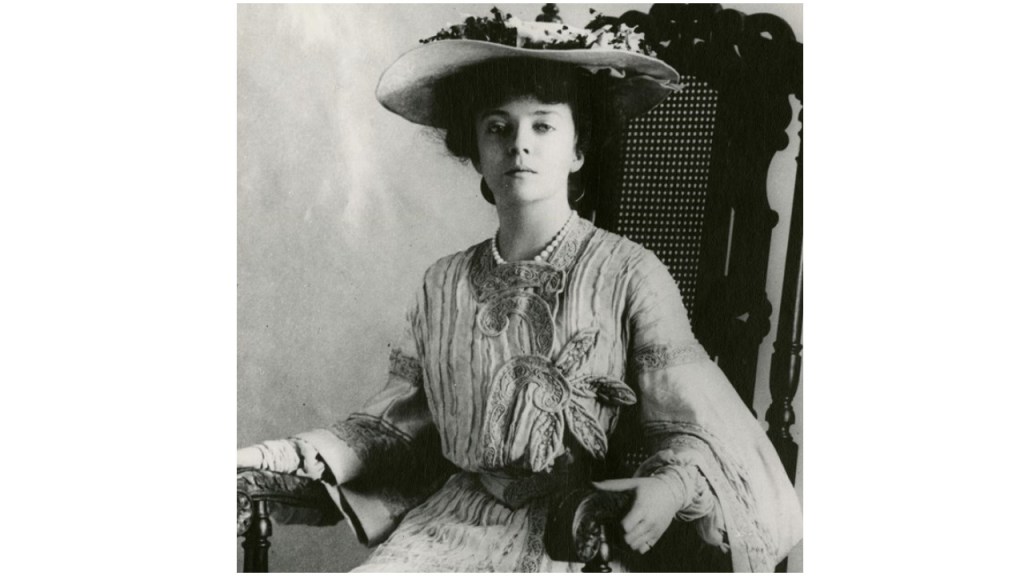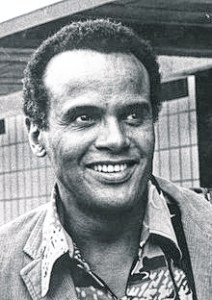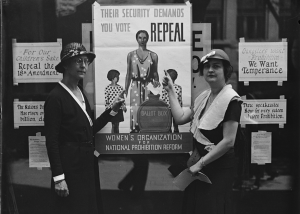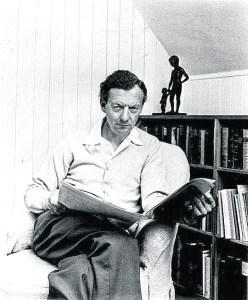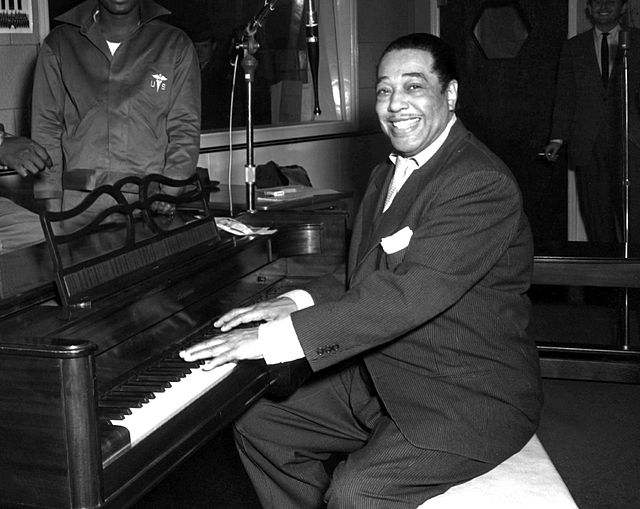When Theodore Roosevelt became president of the United States in 1901, it brought his teenage daughter Alice Lee Roosevelt instant celebrity. Ignoring tradition, she cavorted until the wee hours, had affairs, placed bets with bookies, and pestered her father in the Oval Office. She was also politically influential and cultivated friendships with Richard Nixon and Bobby Kennedy. She behaved scandalously — to the public’s delight.
JOY AND SADNESS AT SAGAMORE
As a youth, Theodore “T.R.” Roosevelt had summered in and around Cove Neck on Long Island’s fashionable North Shore. Later, he was an assemblyman who returned to Oyster Bay with his bride, socialite Alice Hathaway Lee, honeymooning at Tranquility, the family rental.
When she became pregnant in 1883, the well-to-do couple joyously planned for a large family and bought 155 acres of land nearby for a large home. He named the property Sagamore Hill, for the Native American chief Sagamore Mohannis who had lived there in the 17th century.
Lee died two days after giving birth to their daughter, Alice Lee Roosevelt, in 1884. Grieving the loss of his wife and of his mother, who died the same day, he fled to his Dakota Country cattle ranch. “Baby Lee,” as the infant was called, spent her infancy without parents at Sagamore Hill, cared for by her aunt until 1887. When T.R. moved back there with his second wife, who had been a romantic rival of his first wife, sparks flew.
Young Alice was an obstreperous tomboy, the opinionated outsider in the nursery who clashed with her prim stepmother and jostled for attention with the children T.R. had with his second wife.
T.R. never mentioned his dead wife. He ripped pages about her from this diary, burned most of their love letters, and destroyed photos.
GREAT BEAUTY AND BITING WIT
Sagamore Hill became the president’s “summer White House,” although the family had homes in Washington, D.C., and Manhattan. Politicians and dignitaries frequented the home, impressing his 17-year-old daughter.
What to do with this rambunctious, outspoken adolescent? The writer Owen Wister commented on her frequent interruptions at the Oval Office to offer political advice. T.R. replied, “I can do one of two things, I can be president of the United States, or I can attend to Alice. I cannot possibly do both!”
Idolizing her father, Alice “used the adulation of the public … as a sort of a stand-in for what she couldn’t get from her father,” biographer Stacy A. Cordery told NPR. Alice became “a female caricature of her father’s most criticized traits — impetuosity, stubbornness, insensitivity,” according to Cordery.
Alice was a great beauty, a glamorous hostess, and a political wild child. The press had a field day with this “it girl” who was decades ahead of her time.
At her social debut, her gown was blue — not the de regeur white of the day. “Alice Blue” was all the rage, even inspiring a 1919 stage musical song, and she continued to set fashion trends.
She smoked cigarettes on the White House roof — despite the 1908 law banning women from smoking in public. She placed horse-racing bets with bookies, rode in cars with men, attended late-night parties unescorted, and wore her pet snake, Emily Spinach, wrapped around one arm. She said her “major preoccupation was to have a good time.”
She also exhibited political savvy, loving “the spectacle, drama and intrigue of politics,” writes author Bryan Cranston. While living in Washington, D.C., she was dubbed “the other Washington Monument” because of her political involvement. In 1905, her father sent her to accompany members of the House of Representatives on a mission to the Far East. Despite her stunt — jumping fully clothed into an ocean liner’s swimming pool with a congressman during the voyage — the president negotiated a settlement which won him the Nobel Peace Prize.
In 1906 she married Ohio Rep. Nicholas Longworth. The marriage was shaky, with both having affairs. In 1925, her only child, Paulina, was fathered by Sen. William Edgar Borah, according to time.com.
After her father died in 1919, she criticized President Franklin D. Roosevelt in her syndicated column for his efforts to combat the Great Depression. She held court for more than half a century at her Dupont Circle Washington, D.C., home, which became a magnet where views were expressed and policies cemented by leaders in the scientific, literary, and diplomatic communities. She developed friendships with the Kennedys, the Nixons, and the Johnsons. She famously had a pillow in her salon that read, “If you can’t say something good about someone, sit right here by me.”
“ALL ROOSEVELTS ARE EXHIBITIONISTS”
Her many one-liners are often quoted: She described the public as “the great rancid masses,” and noted that “the secret of eternal youth is arrested development.” At age 90, she told Washington Post journalist Sally Quinn, “I must say, I’m always on stage. All Roosevelts are exhibitionists.”
A quote recorded by Michael Teague captured her opinion of herself. ”I valued my independence from an early age and was always something of an individualist,” she said. ”Well, a show–off anyway.’’
Alice Lee Roosevelt Longworth died in 1980 at age 96.
Sign up for Long Island Press’ email newsletters here. Sign up for home delivery of Long Island Press here. Sign up for discounts by becoming a Long Island Press community partner here.



